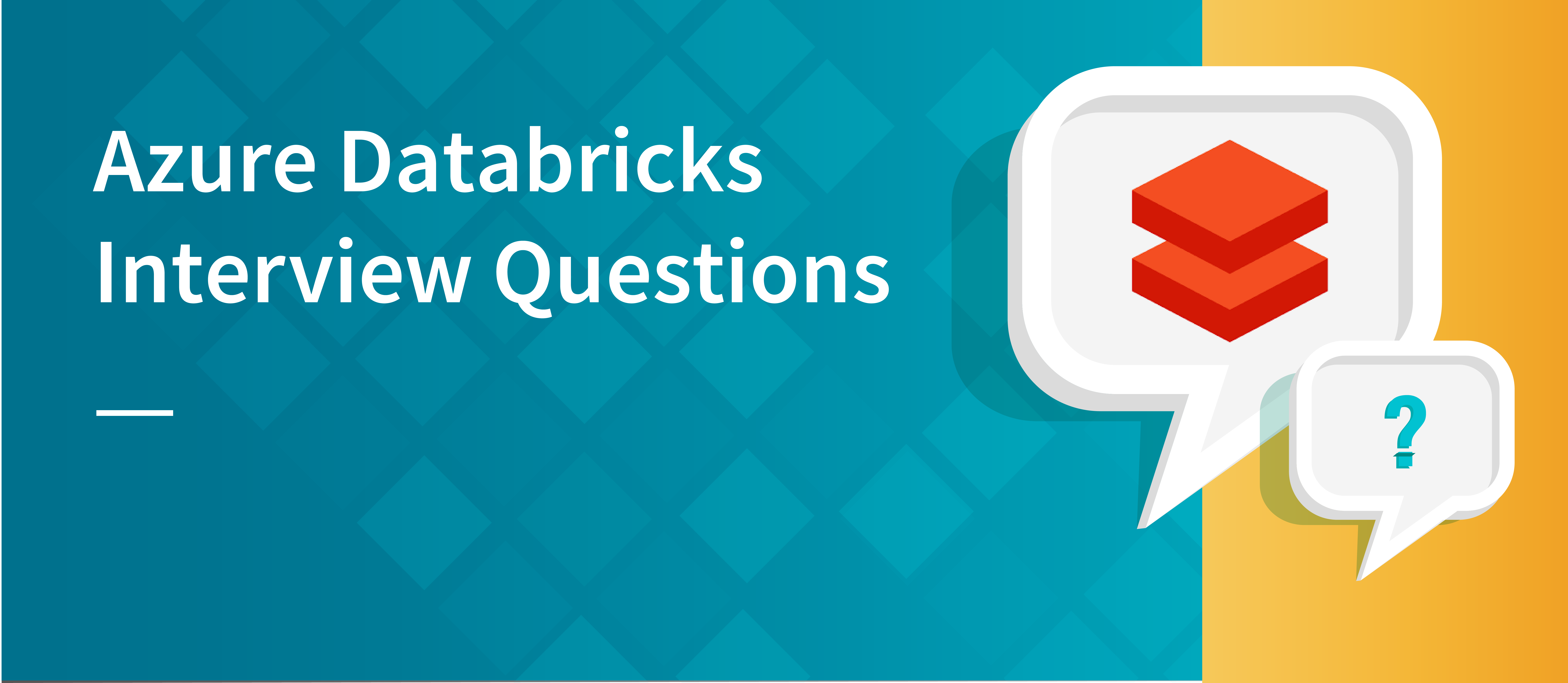In the vast landscape of programming languages, COBOL stands as a stalwart, powering critical business systems for decades. Whether you’re a seasoned COBOL developer or embarking on a career in mainframe development, mastering these top 35 COBOL interview questions and answers is your key to success. Let’s dive into the intricacies of COBOL and equip you with the knowledge to shine in your next interview.
Table of Contents
ToggleCOBOL:
COBOL, or Common Business-Oriented Language, is a high-level programming language designed for business data processing. Introduced in the late 1950s, COBOL has stood the test of time and remains prevalent in mainframe computing.
Why COBOL is Used in Mainframe:
COBOL is used in mainframes due to its readability, business-centric syntax, and robustness. Mainframes often host critical business applications requiring high-performance, reliability, and longevity. COBOL’s structured approach aligns well with the data-centric nature of mainframe applications, making it a preferred choice for maintaining and developing these business-critical systems.
What are key considerations for excelling in a COBOL interview?
Mastering COBOL interviews requires understanding fundamentals, advanced concepts, and modern integrations. Focus on topics like file handling, debugging techniques, and database connectivity. Demonstrate versatility in handling legacy systems and embracing modern technologies for a well-rounded skill set.
Top 35 COBOL Interview Questions and Answers
COBOL Basics:
- What is COBOL, and why is it still relevant today?
- Answer: COBOL, or Common Business-Oriented Language, is a high-level programming language designed for business data processing. It remains relevant due to its readability and its widespread use in maintaining existing business systems.
- Explain the division and section hierarchy in a COBOL program.
- Answer: A COBOL program is organized into divisions, such as Identification, Environment, Data, and Procedure. Each division contains sections, which group related tasks within the program for better structure and readability.
- Describe the different data types in COBOL.
- Answer: COBOL supports various data types, including Numeric, Alphabetic, Alphanumeric, and DBCS. Numeric is for numeric data, Alphabetic is for alphabetic characters, Alphanumeric is for a combination of alphabetic and numeric, and DBCS is for double-byte character sets.
- What are the divisions in a COBOL program, and what is their purpose?
- Answer: The divisions in a COBOL program include Identification (program name and version), Environment (configuration settings), Data (variable declarations), and Procedure (actual program logic). Each division serves a specific purpose in organizing and executing a COBOL program.
Navigating Power BI Service Interviews: Top 20 Questions for Freshers on GitHub
COBOL Programming Constructs:
- How does COBOL handle file operations?
- Answer: COBOL handles file operations through file control entries. It supports both sequential and indexed file handling, allowing for efficient data processing and retrieval.
- Explain the purpose of a “Level 88” in COBOL.
- Answer: “Level 88” is a condition name used for data item values in COBOL. It associates a condition name with a specific data value, providing a more readable way to express conditions in IF statements.
- What is the significance of the “PERFORM” statement in COBOL?
- Answer: The “PERFORM” statement in COBOL is used for looping and invoking a section within the same program. It enables the repeated execution of a set of statements, promoting code reusability.
- How does COBOL handle subprograms, and what are their advantages?
- Answer: COBOL supports subprograms like subroutines and functions. They enhance code modularity and reusability by allowing common tasks to be encapsulated into separate, callable units.
COBOL Debugging and Error Handling:
- How do you handle errors and exceptions in a COBOL program?
- Answer: Error handling in COBOL involves checking conditions using IF statements and responding with appropriate actions. The “CONTINUE” statement allows the program to proceed, while “STOP RUN” terminates the program.
- Explain the debugging techniques available in COBOL.
- Answer: COBOL debugging techniques include using debugging tools provided by compilers, displaying intermediate results using the “DISPLAY” statement, and tracing program execution for identifying and resolving issues.
- What is the purpose of the “EXIT” statement in COBOL, and how is it used?
- Answer: The “EXIT” statement is used to terminate the execution of a loop or a section in COBOL. It allows the program to exit the loop or section prematurely based on a certain condition.
- Describe the role of the “CONTINUE” statement in COBOL.
- Answer: The “CONTINUE” statement in COBOL is a no-operation statement. It is often used in error-handling scenarios, allowing the program to continue execution without performing any specific action.
COBOL and Database Connectivity:
- How does COBOL interact with databases?
- Answer: COBOL interacts with databases using embedded SQL statements. This enables seamless integration with database management systems, allowing for efficient data retrieval and manipulation.
- What is the role of a “Cursor” in COBOL-DB2 programs?
- Answer: In COBOL-DB2 programs, a cursor is used to traverse through the result set of a SELECT query. It facilitates sequential processing of retrieved rows from database tables.
- Explain the purpose of the “FETCH” statement in COBOL-DB2 programs.
- Answer: The “FETCH” statement in COBOL-DB2 is used to retrieve the next row from the result set of a SELECT query. It is often used in conjunction with a cursor for sequential data retrieval.
- How does COBOL handle transaction processing in a database environment?
- Answer: COBOL supports transaction processing in a database environment through features like COMMIT and ROLLBACK statements. These statements ensure the integrity of database transactions.
COBOL Interview Best Practices:
- How do you optimize COBOL programs for performance?
- Answer: Optimizing COBOL programs involves various techniques, including efficient data handling, minimizing disk I/O, and utilizing appropriate indexing for quick data retrieval.
- Explain the importance of documentation in COBOL programming.
- Answer: Documentation in COBOL is essential for code maintenance and collaboration. It includes comments, data dictionaries, and program documentation, providing insights into code structure and functionality.
- What strategies do you use for code maintenance in large COBOL projects?
- Answer: Code maintenance in large COBOL projects involves practices like modular programming, version control, and thorough documentation. Breaking down large programs into smaller, manageable modules enhances maintainability.
- Describe the process of migrating a COBOL program to a newer version or platform.
- Answer: Migrating a COBOL program to a newer version or platform involves steps like code analysis, addressing version-specific syntax changes, and testing for compatibility. It ensures the smooth transition of COBOL code to modern environments.
COBOL and Modern Technologies:
- How does COBOL integrate with modern technologies?
- Answer: COBOL can integrate with modern technologies through web services, APIs, and middleware. This allows seamless communication and collaboration with contemporary systems.
- In what ways can COBOL contribute to the adoption of microservices architecture?
- Answer: COBOL can contribute to microservices architecture by encapsulating specific functionalities into microservices, promoting modularity and scalability in a distributed environment.
- Explain the role of COBOL in supporting cloud-based applications.
- Answer: COBOL can support cloud-based applications by adapting to cloud infrastructure and services. It involves considerations such as data storage, scalability, and integration with cloud platforms.
- How can COBOL be leveraged in the development of modern user interfaces?
- Answer: COBOL can be leveraged in modern user interfaces through integration with UI frameworks or by interfacing with middleware that supports contemporary UI technologies.
Advanced COBOL Concepts :
- Explain the purpose of the “SEARCH” verb in COBOL, and when would you use it?
- Answer: The “SEARCH” verb in COBOL is used for searching a table for a specified value. It is particularly useful when you need to find a specific entry in a table and take corresponding actions based on the search result.
- Describe the significance of “REDEFINES” in COBOL and provide an example of its usage.
- Answer: “REDEFINES” in COBOL is used to specify multiple data descriptions for the same storage area. It allows a portion of memory to be interpreted differently based on the context. For example, redefining an alphanumeric field as a numeric field.
- What are the different types of sorting available in COBOL, and how do you implement them?
- Answer: COBOL provides various sorting techniques, including Internal Sort, External Sort, and Merge Sort. Implementation involves using SORT verbs and specifying sort keys based on the desired sorting algorithm.
- Explain the concept of “Call by Reference” and “Call by Value” in COBOL subprograms.
- Answer: “Call by Reference” passes the address of the actual parameter to the subprogram, allowing modifications to the original data. “Call by Value” passes the actual parameter’s value, preventing modifications to the original data.
Mastering the Interview Top 30 Informatica MDM Interview Questions and Answers
COBOL Debugging and Error Handling :
- How do you handle runtime errors in a COBOL program, and what role does the “ON SIZE ERROR” clause play?
- Answer: Runtime errors in COBOL can be handled using the “ON SIZE ERROR” clause, which allows the program to take specific actions when a numeric overflow or underflow occurs.
- Explain the purpose of the “ACCEPT” and “DISPLAY” verbs in COBOL I/O operations.
- Answer: “ACCEPT” is used for input operations, allowing the program to accept data from the user. “DISPLAY” is used for output operations, allowing the program to display data to the user or write it to an output file.
COBOL and Database Connectivity :
- How do you handle transaction rollback in COBOL-DB2 programs, and why is it important?
- Answer: Transaction rollback in COBOL-DB2 programs is achieved using the ROLLBACK statement. It is crucial for maintaining data consistency in case of errors or unexpected events during transaction processing.
- Explain the concept of “Dynamic SQL” in the context of COBOL-DB2 programming.
- Answer: “Dynamic SQL” in COBOL-DB2 allows the construction and execution of SQL statements at runtime. It provides flexibility in handling varying conditions or user inputs during program execution.
COBOL Interview Best Practices :
- What strategies do you employ for unit testing COBOL programs, and why is it essential?
- Answer: Unit testing in COBOL involves creating test cases for individual program units or modules. It is essential for verifying the correctness of code, identifying bugs, and ensuring that each component functions as intended.
- How do you approach code review in a team setting, and what benefits does it bring to COBOL development?
- Answer: Code reviews in COBOL involve collaborative examination of code by team members. It helps identify potential issues, ensures adherence to coding standards, and facilitates knowledge sharing among team members.
COBOL and Modern Technologies :
- In what ways can COBOL contribute to DevOps practices and continuous integration?
- Answer: COBOL can contribute to DevOps by embracing automation, version control, and continuous integration practices. This ensures seamless integration of COBOL applications into modern development workflows.
- Explain the role of COBOL in supporting mobile application development.
- Answer: COBOL can play a role in mobile application development by providing backend support and APIs for mobile apps. Integration with mobile frameworks and platforms allows COBOL applications to serve mobile users.
External Resource
These questions and answers cover a broad spectrum of COBOL topics, ranging from fundamentals to advanced concepts and their relevance in modern development environments. They provide a solid foundation for interview preparation, ensuring that candidates are well-equipped to showcase their expertise in COBOL programming.
Conclusion:
As you navigate the diverse and evolving landscape of COBOL, these additional questions and answers delve deeper into advanced concepts, debugging, testing, and the integration of COBOL with modern technologies. Whether you’re preparing for an interview or seeking to deepen your understanding, this comprehensive guide equips you with the knowledge needed to excel in the world of COBOL programming. Good luck on your journey!










